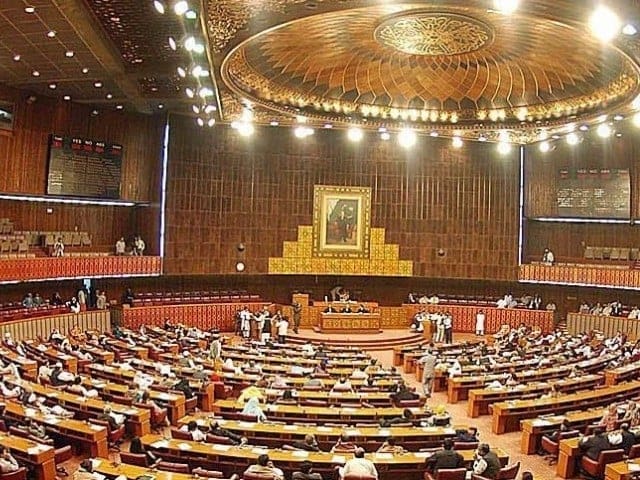Islamabad: The phase for the election of the fifteenth President in the country has begun.
In the initial nine years of Pakistan, the head of the government used to be the Governor General. This position was created by the British Parliament, which had sovereignty over Britain but had limited powers.
From the creation of Pakistan in 1947 to 1956 when Iskander Mirza was in power, there were four Governor Generals. During this time, for a period of only four years, Nawabzada Liaquat Ali Khan was a complete and authoritative Prime Minister.
On March 23, 1956, Pakistan’s first presidential constitution was implemented under which Pakistan became a republic and gained independence from British rule. In this constitution, the powers of the Governor General were transferred to the President. Iskander Mirza became the first President, but then due to a military coup, Army Chief, Marshal Ayub Khan, took over as the acting administrator.
In 1956, during the tenure of Governor General Iskander Mirza, for the first time, the system of one unit was introduced in the country, along with assuming the powers of the President of Pakistan. President Iskander Mirza remained in office until October 27, 1958, after which power was transferred to General Ayub Khan, who became the President of the country by taking over power himself.
General Ayub Khan was elected as the President of the country through the indirect system of 80,000 basic democracies in January 1965. Due to protests from political parties in the country, Ayub Khan resigned prematurely and handed over power to the Chief of Army Staff, General Yahya Khan.
General Yahya Khan served as the President of the country until before the fall of Dhaka on December 21, 1971. After him, Zulfikar Ali Bhutto took over the presidency in Pakistan on December 20, 1971. During the preparation of the new constitution in the country, Zulfikar Ali Bhutto remained President of Pakistan until August 14, 1973.
Chaudhry Fazal Ilahi was made the President of Pakistan on August 14, 1973. However, after the imposition of Martial Law in the country on July 5, 1977, once again neither did the parliamentary system remain intact nor was there an opportunity for the election of a new President of the country under the real constitution of 1973.
When President Fazal Ilahi resigned from his office due to differences with the then Prime Minister Nawaz Sharif before completing his term, Wasim Sajjad stayed in office until November 14, 1993. After him, Farooq Ahmed Khan Leghari was nominated as the presidential candidate by the ruling Pakistan People’s Party.
Farooq Leghari won the election of the President of the country in November 1993 through the members of the National and Provincial Assemblies and the Senate and was appointed President. President Farooq Leghari, with the powers of the eighth amendment, stayed on the post of President until he was forced to resign due to his impeachment motion by the Pakistan People’s Party and Muslim League (N) 10 months and 12 days later on August 18, 2008.
Asif Ali Zardari, the candidate of the ruling Pakistan People’s Party, was elected as the President of the country on September 9, 2008. President Asif Ali Zardari resigned from his presidency on September 8, 2013, upon completing his five-year term.
After him, Mamnoon Hussain was elected as the twelfth President of Pakistan, and his term in office was from September 9, 2013, to September 8, 2018. He also remained Governor of Sindh in 1999. He was also a symbolic leader like Fazal-ur-Rehman Chaudhry and Muhammad Rafiq Tarar.
After this, Dr. Arif Alvi, affiliated with Pakistan Tehreek-e-Insaf, was elected as the President on September 9, 2018. His term ended on September 8, 2023. However, since there was a caretaker government at that time, his election would be decided by the newly elected parliament.
